Selfhosted
A place to share alternatives to popular online services that can be self-hosted without giving up privacy or locking you into a service you don't control.
Rules:
-
Be civil: we're here to support and learn from one another. Insults won't be tolerated. Flame wars are frowned upon.
-
No spam posting.
-
Posts have to be centered around self-hosting. There are other communities for discussing hardware or home computing. If it's not obvious why your post topic revolves around selfhosting, please include details to make it clear.
-
Don't duplicate the full text of your blog or github here. Just post the link for folks to click.
-
Submission headline should match the article title (don’t cherry-pick information from the title to fit your agenda).
-
No trolling.
Resources:
- awesome-selfhosted software
- awesome-sysadmin resources
- Self-Hosted Podcast from Jupiter Broadcasting
Any issues on the community? Report it using the report flag.
Questions? DM the mods!
view the rest of the comments
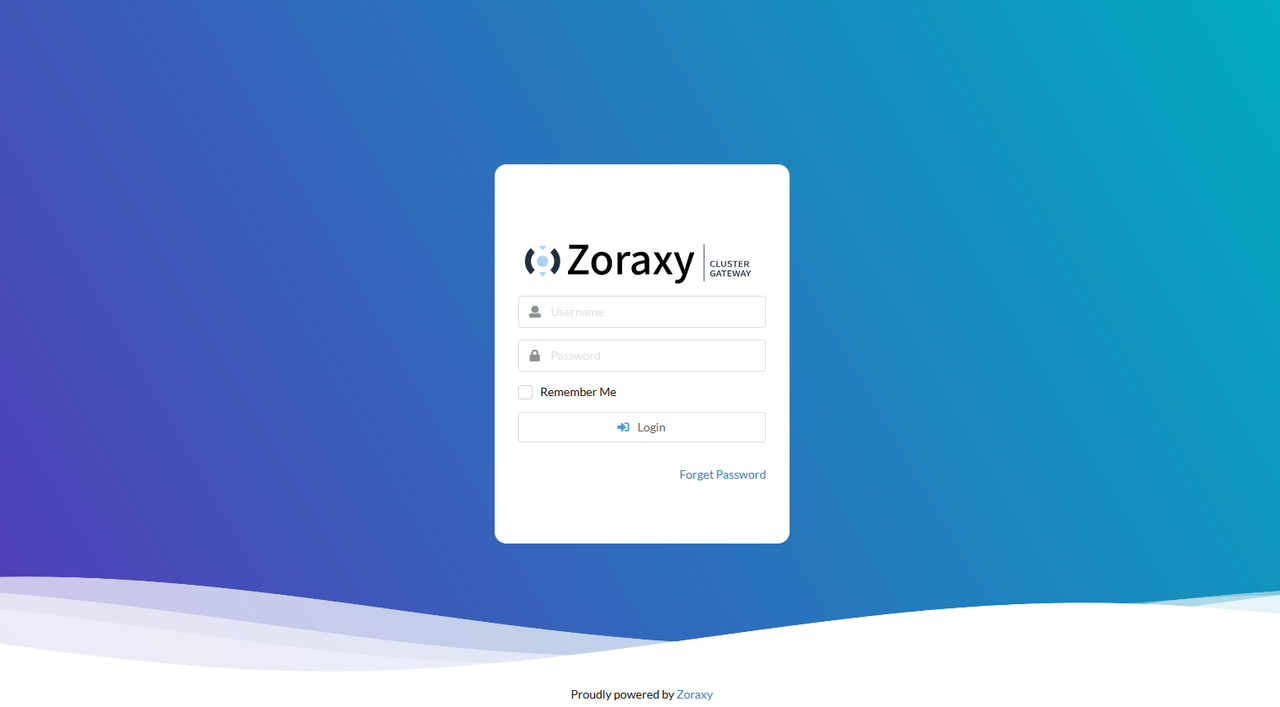


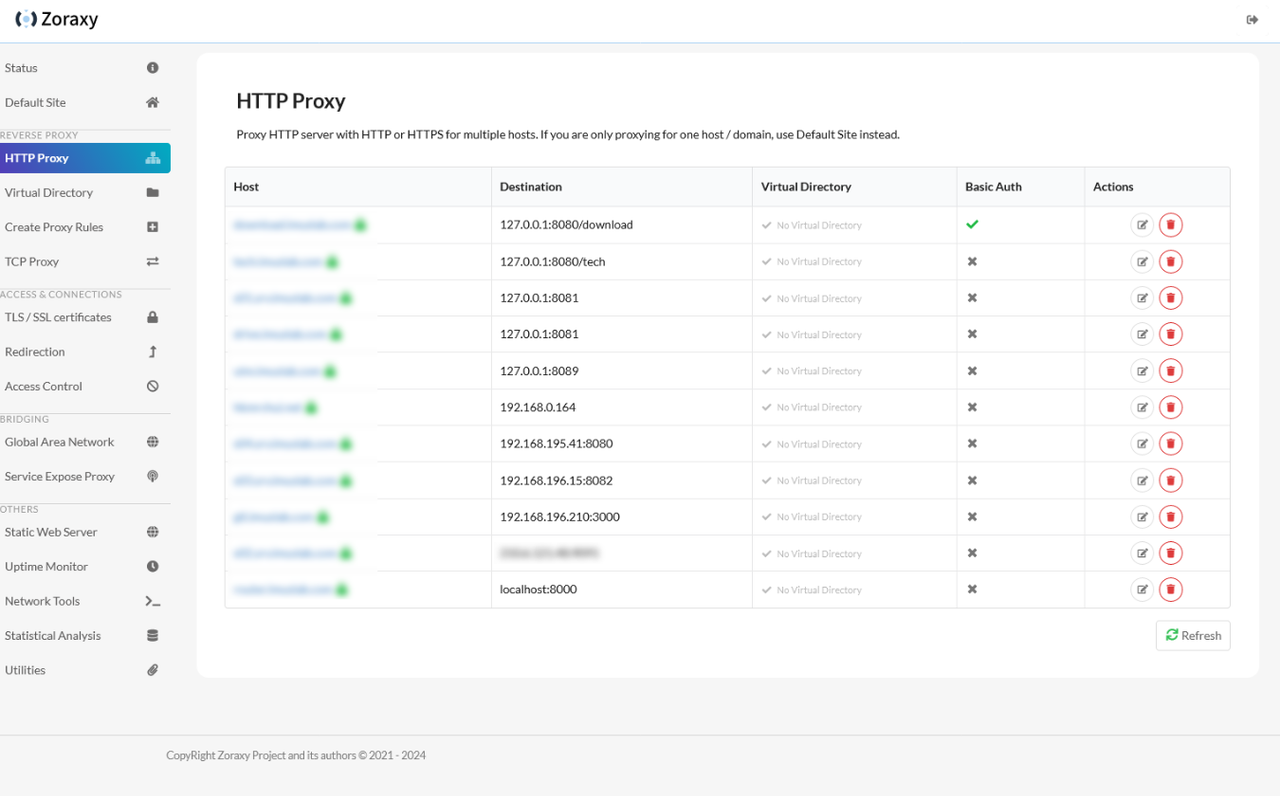

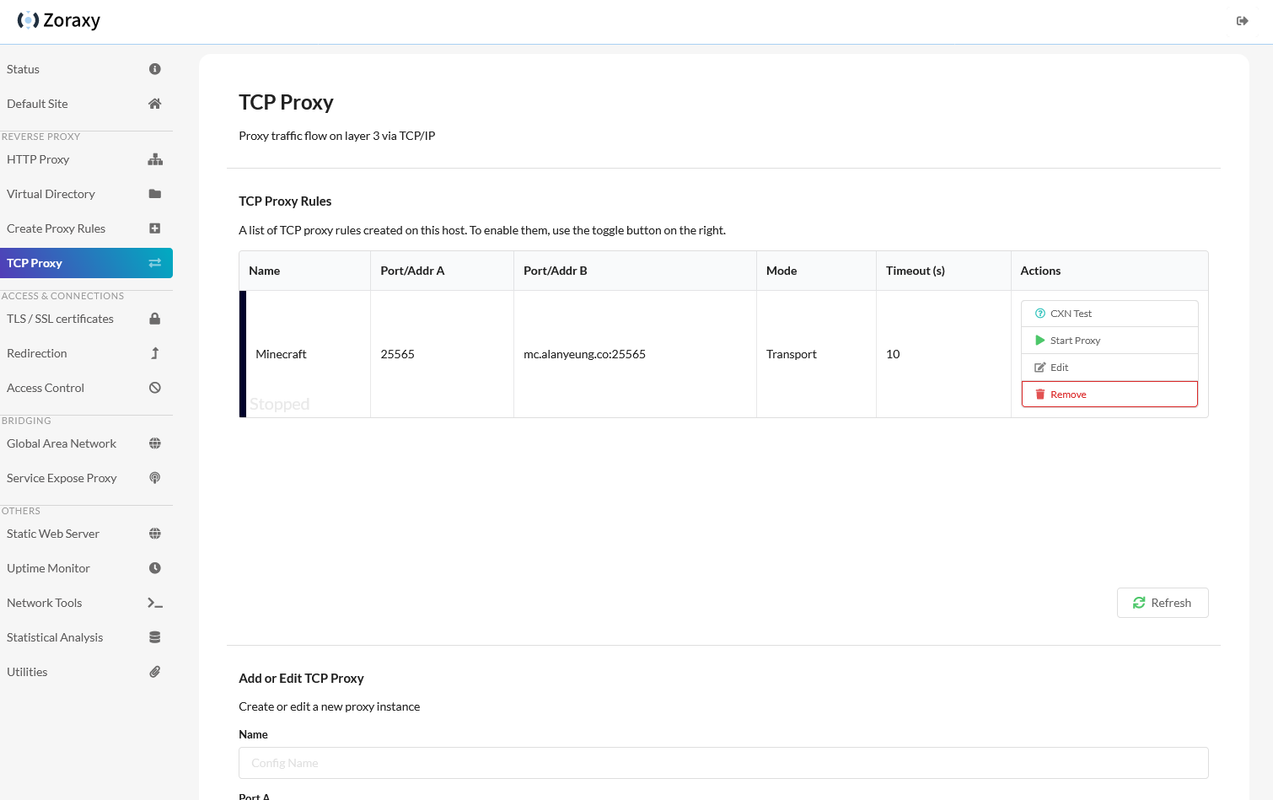
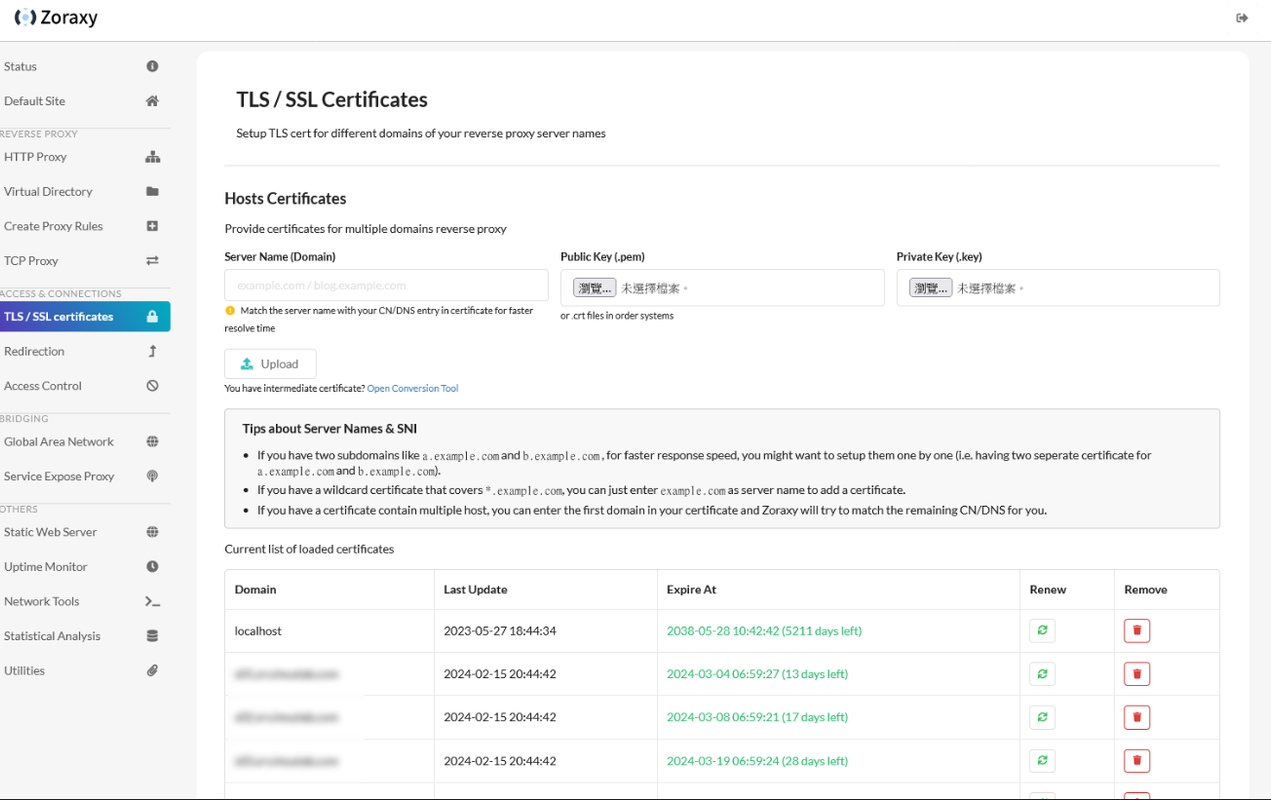

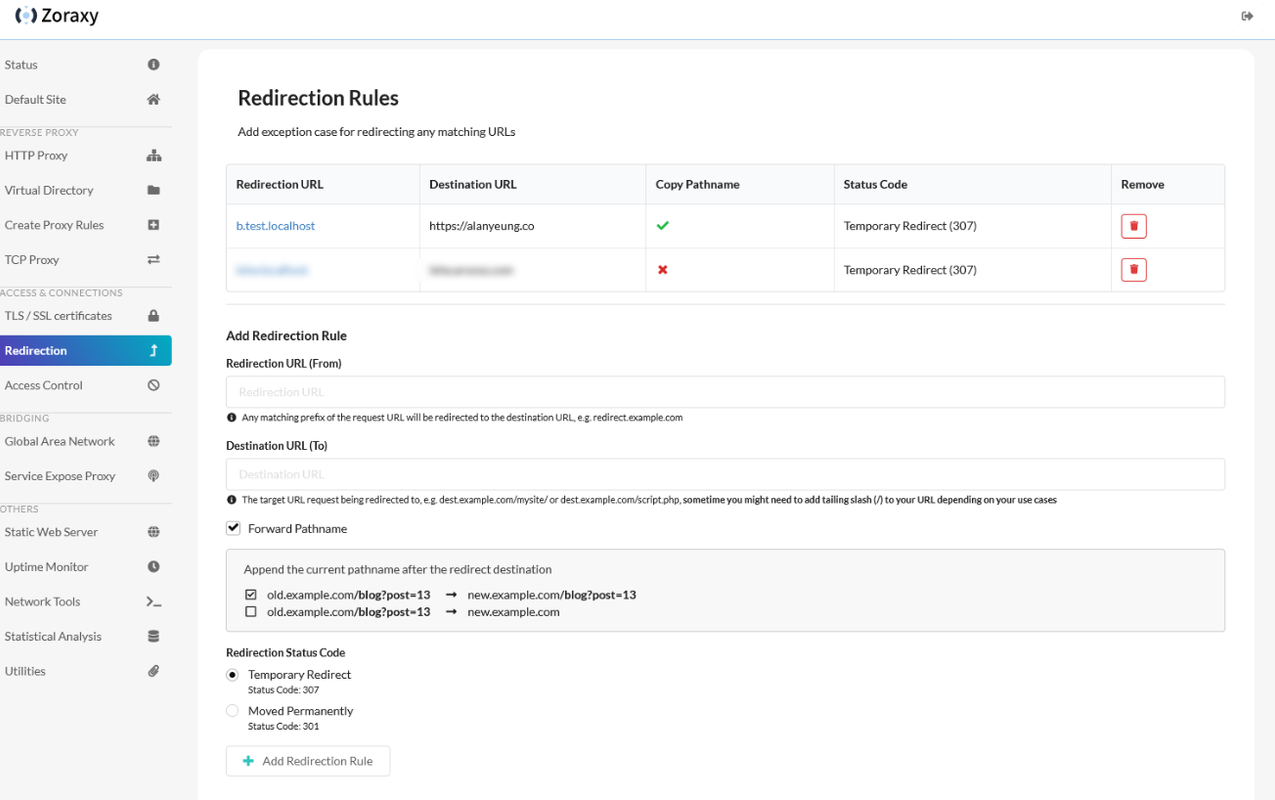
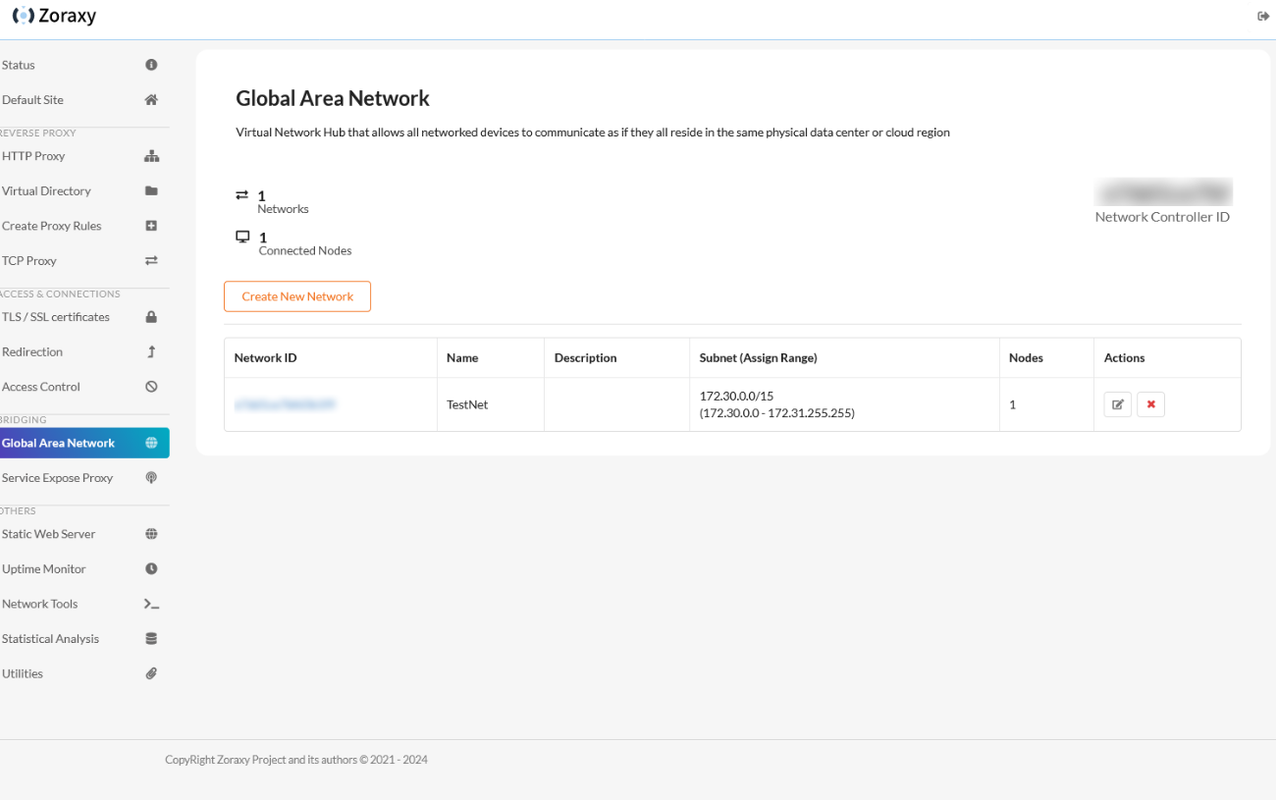
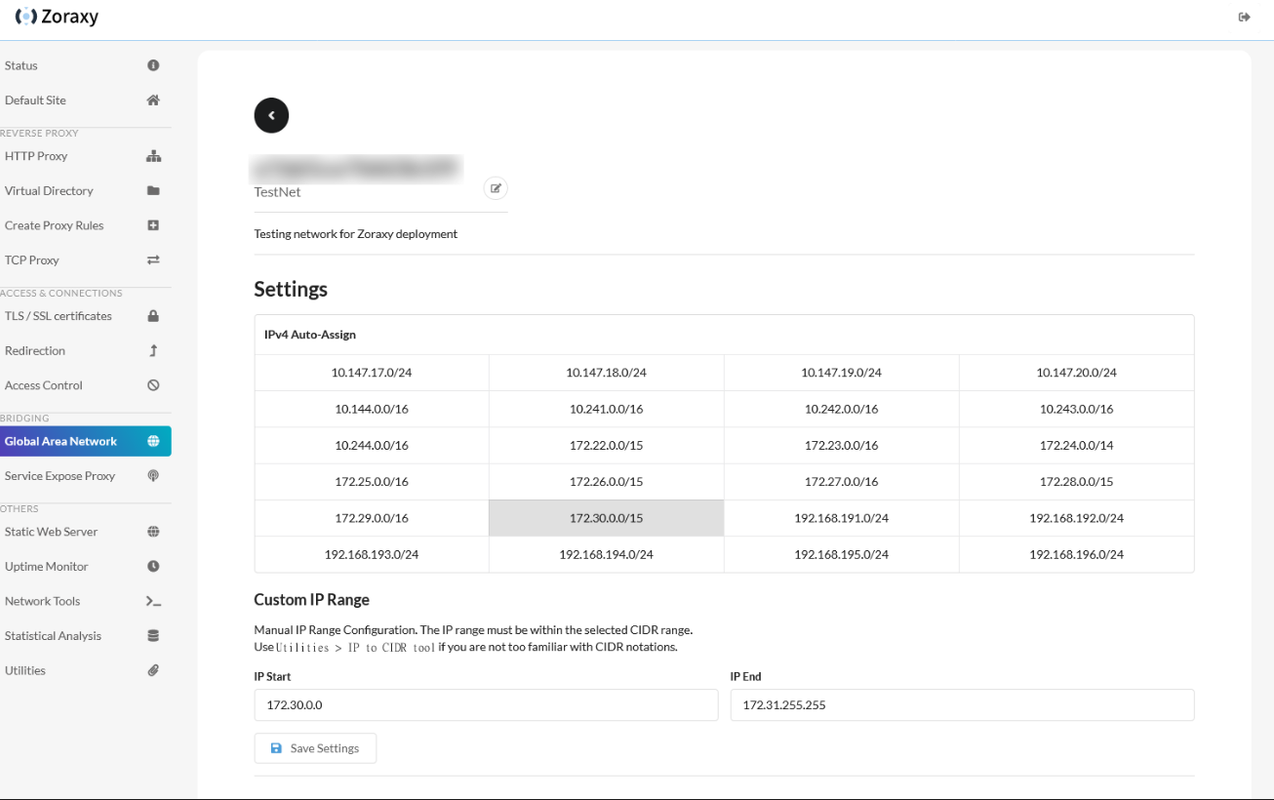
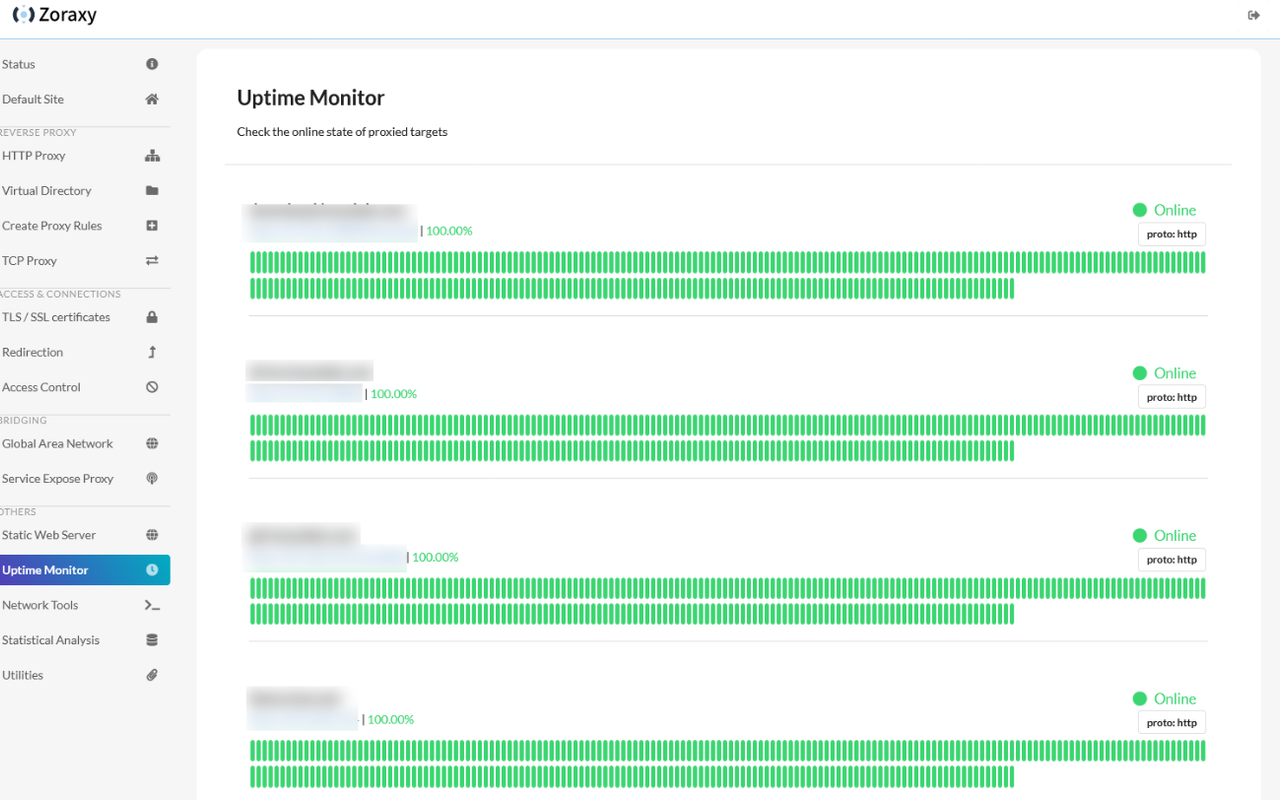
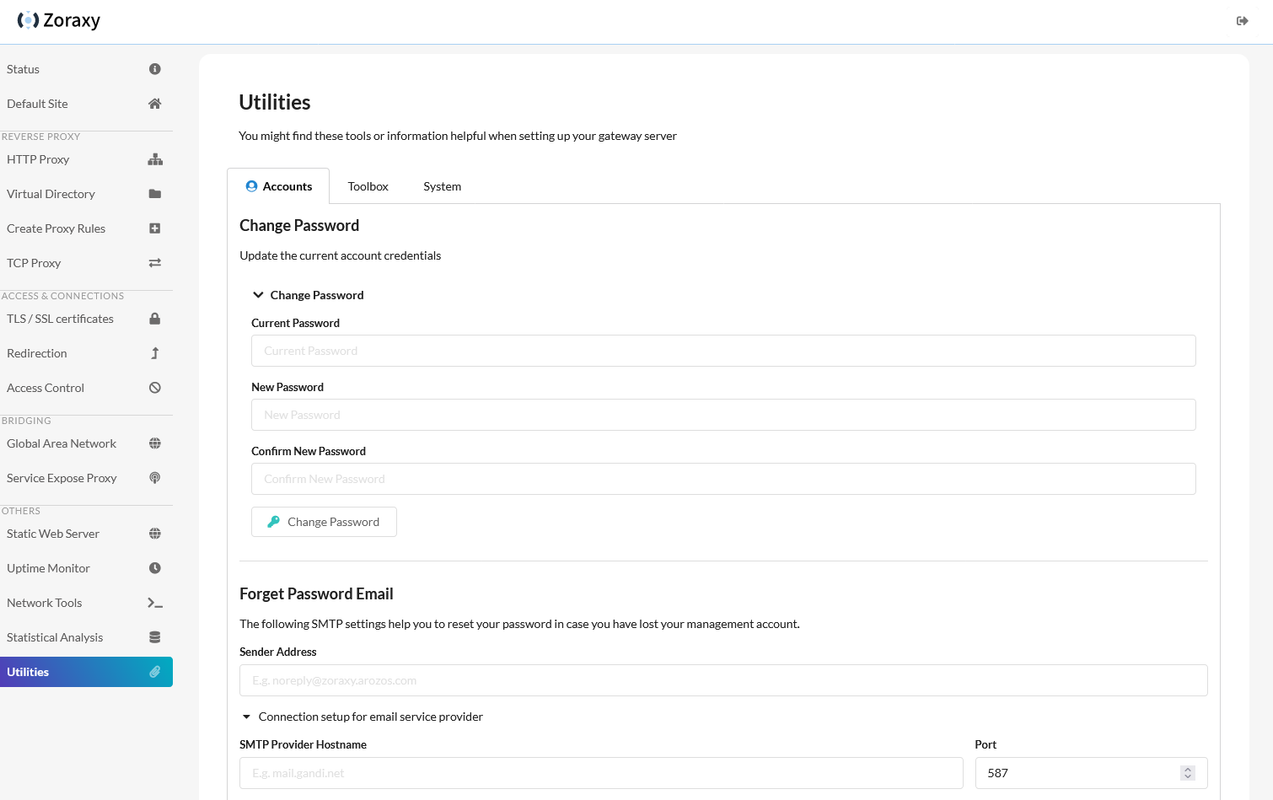
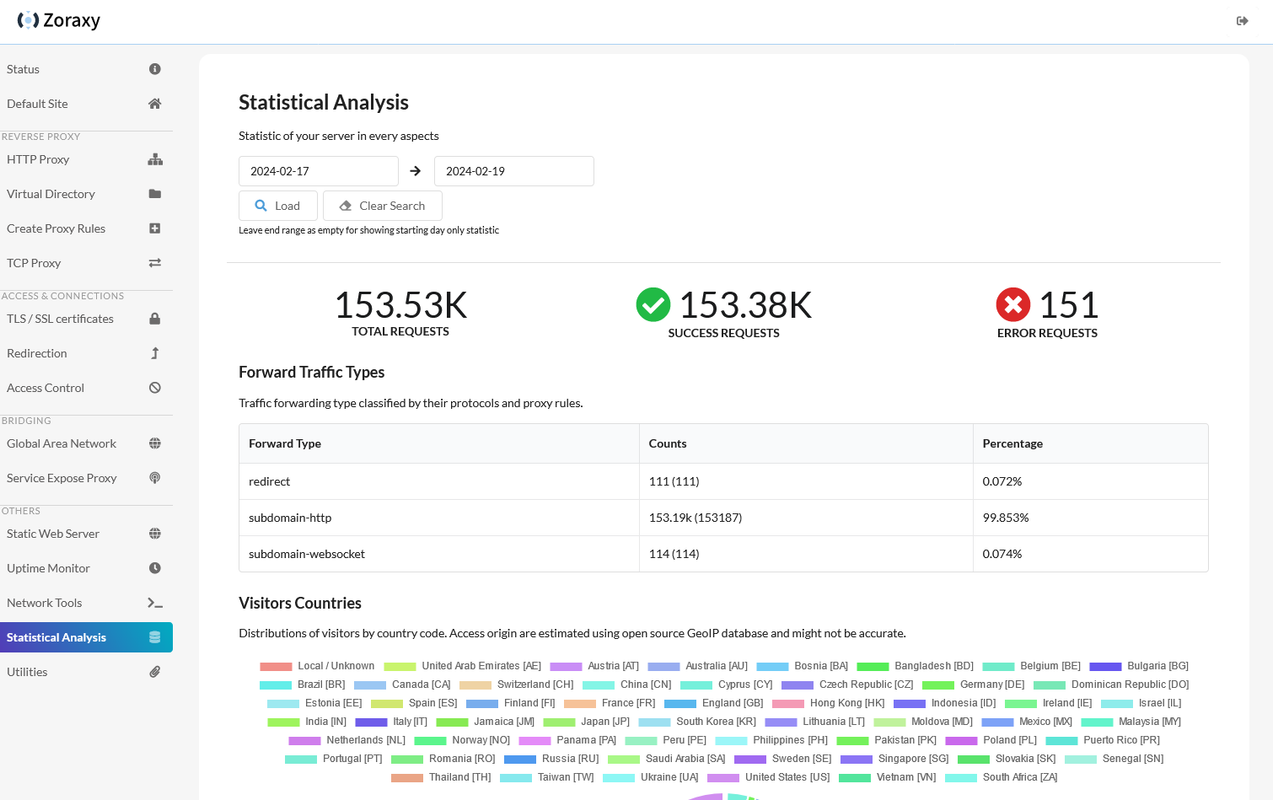
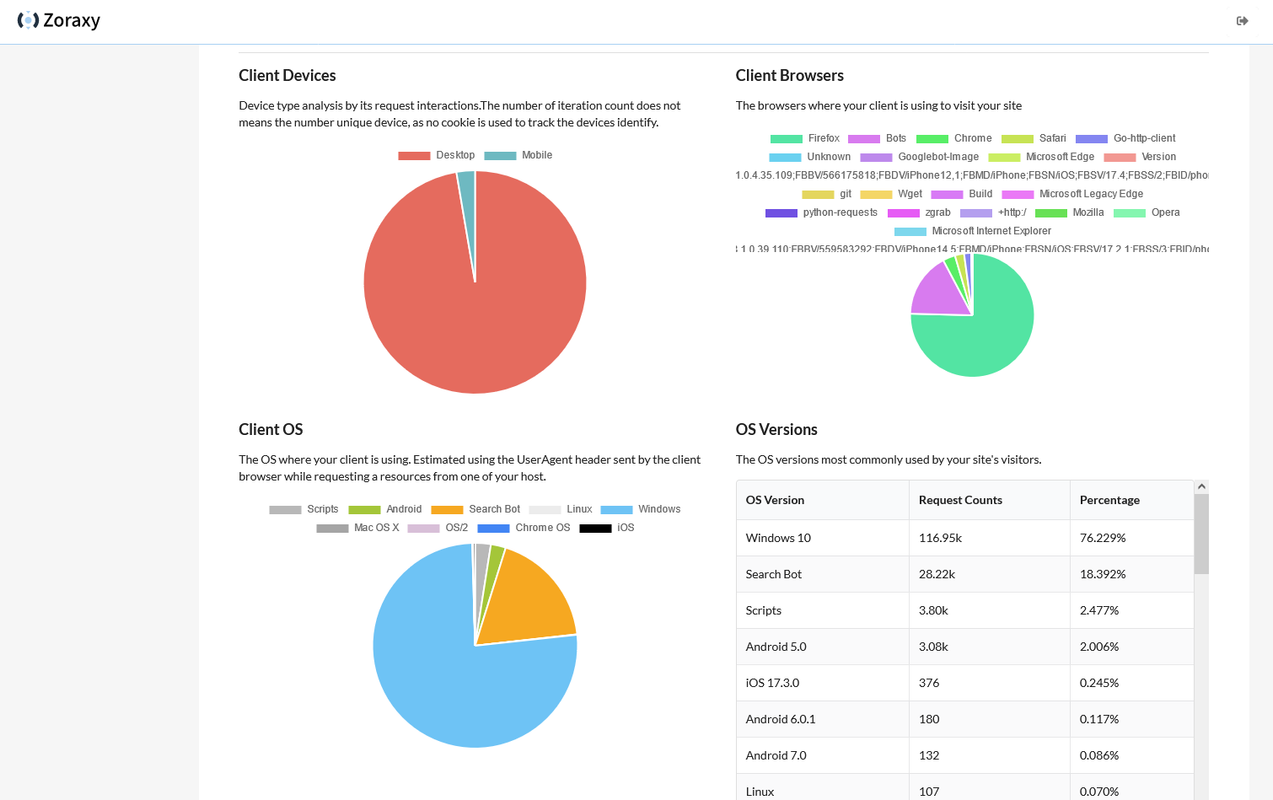
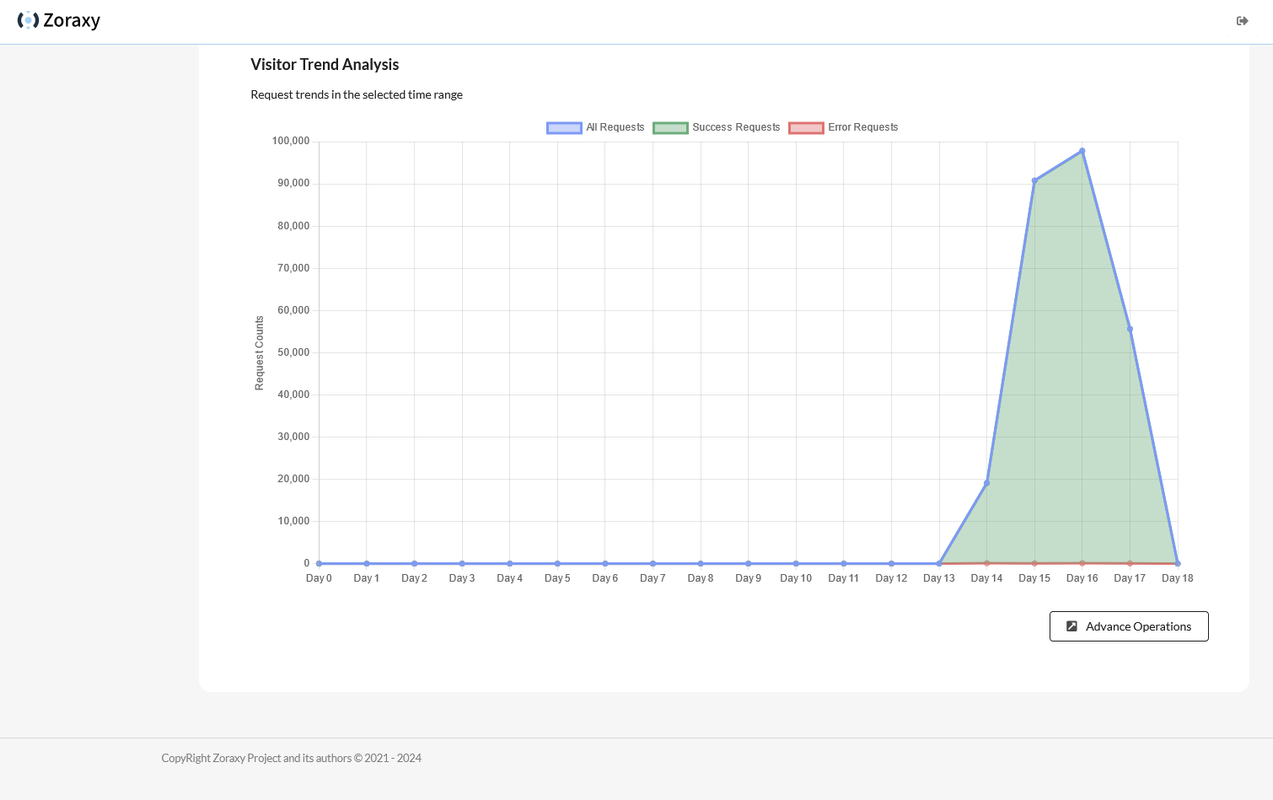

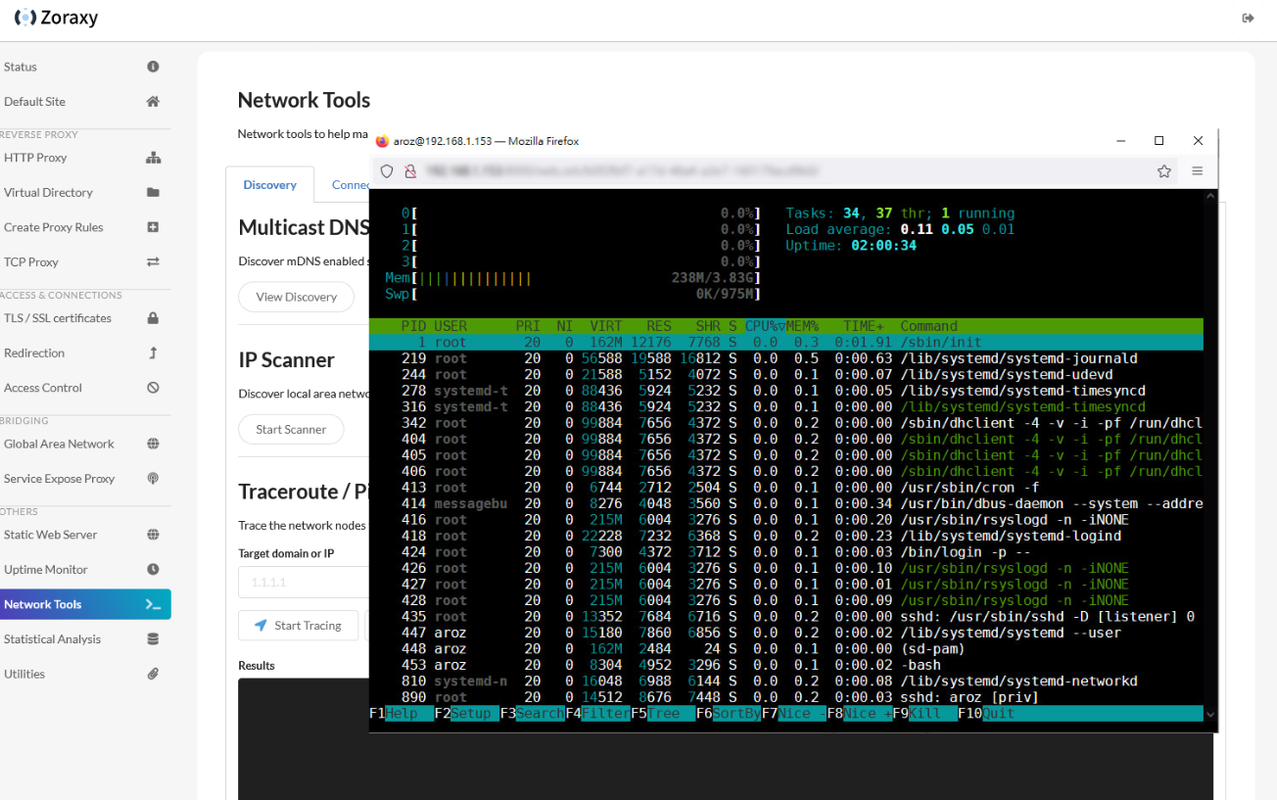
I just have a wildcard subdomain record. (CNAME: *.mydomain.com)
Then the traffic gets sent to Traefik which checks the request for what subdomain it is asking for and routes it accordingly.
It's just two label lines in each docker compose with whatever subdomain I want to use and a minute or two later it's gotten the certificates and it's available.
Ah, that would make it easy. I can't use a wildcard with most of my domains, but maybe I could set up subdomains to have this convenience for dev/test sites. Thanks!
I suspect it would be trivial to add a hook to dynamically create (and remove, maybe) DNS records, just haven't tried yet.
Out of curiosity, why cant you use a wildcard?
Lots of different hosts, multiple load balancers / ingress controllers.